Vision Zero and Traffic Calming Resource Package
Carmanah is a proud advocate of the goals that Vision Zero strives for: zero fatalities and serious injuries related to traffic incidents.
What is Vision Zero?
Vision Zero is a campaign that began in Sweden and has since grown to become a global movement toward eliminating traffic fatalities and serious injuries, while also increasing safe and healthy mobility for everyone. In North America, cities from Boston to Vancouver and Los Angeles to Orlando have initiatives in place.
The forms that Vision Zero can take varies from city to city, but the basic factors that contribute to safe mobility are similar. They may include:
- Roadway design
- Speed limits and compliance
- Enforcement
- Behaviors
- Technology
- Policies
“Tens of thousands of men and women are killed or injured in traffic collisions that could, and should, be prevented each year. We know we can do more to prevent this suffering, and we believe that all of us—whether driving, walking, bicycling, using a wheelchair, or riding transit—have a right to safe mobility.”
– Vision Zero Network
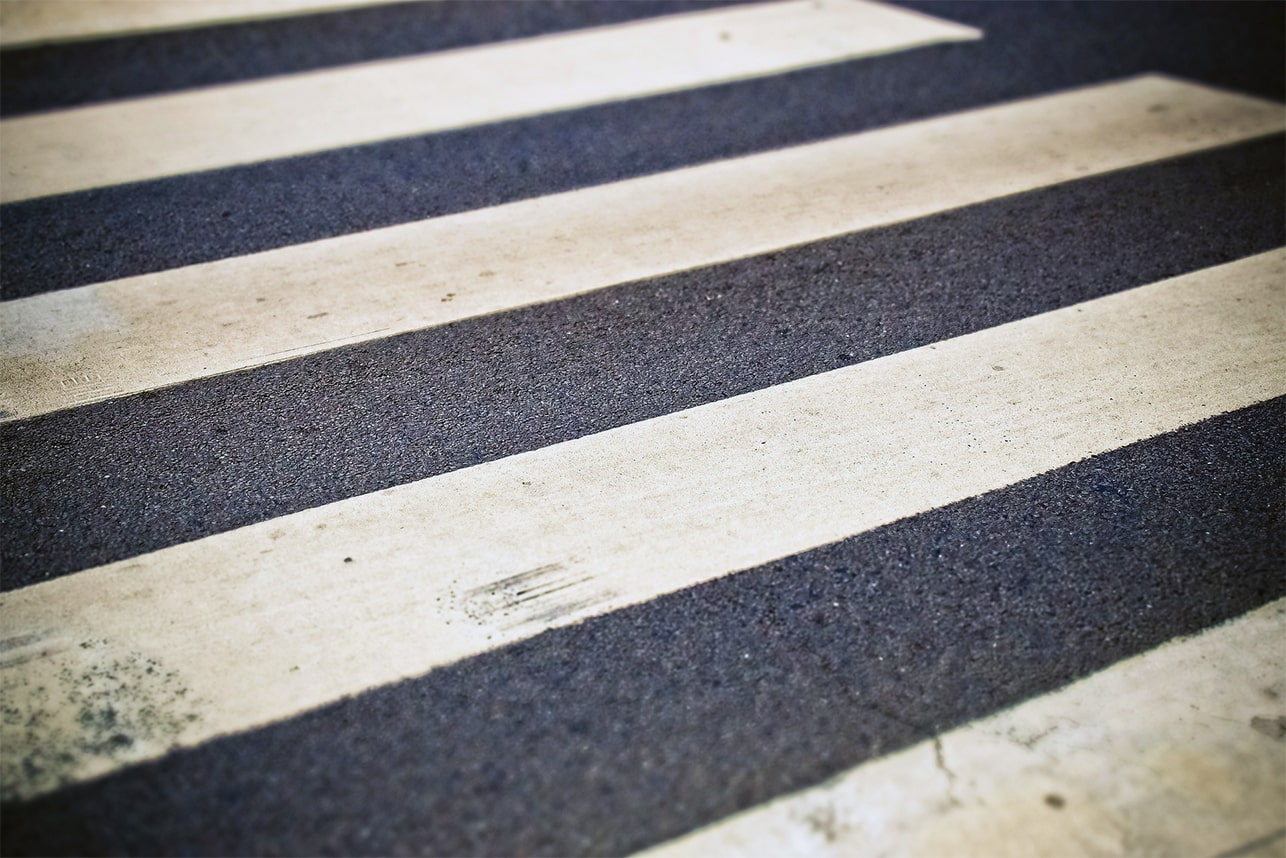
See Vision Zero in action
The concept of Vision Zero has been replicated in cities across North America. Here are some major cities, like Boston, Seattle, Fremont, Minneapolis, and others, with initiatives in place. Hover over the map to see how some cities are approaching their Vision Zero initiatives.
Some cities also hold Vision Zero conferences and other events to share ideas and raise awareness.
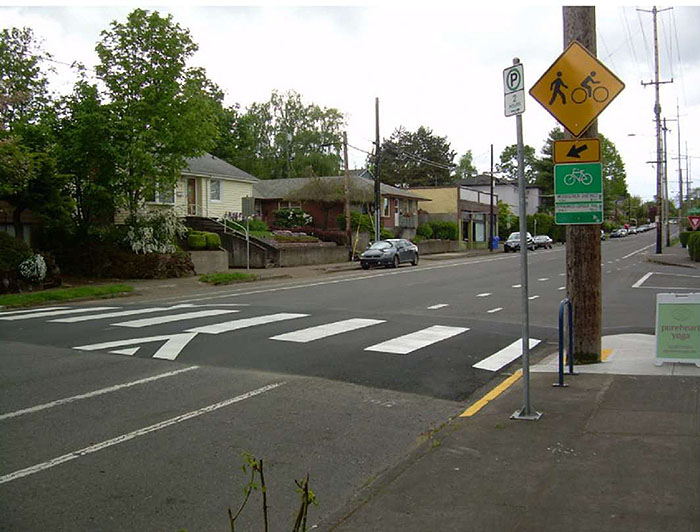
How does traffic calming fit into Vision Zero?
Traffic calming is one of many factors that can be part of a Vision Zero goal. It takes the approach of treating streets as a conduit for cars to travel quickly on—and flips it on its head. Instead, it makes humans more of a priority, balancing traffic on the streets with other forms of transportation. According to the Project for Public Spaces, traffic calming is “founded on the idea that streets should help create and preserve a sense of place, that their purpose is for people to walk, stroll, look, gaze, meet, play, shop and even work alongside cars—but not [be] dominated by them.”
How traffic can be calmed—and how we can help
Traffic calming is a multi-step process: traffic engineers must determine if it is required and come up with a plan. Public input and temporary installations with traffic cones and barrels may be part of the process before a permanent installation is completed.
Here are some of the ways to calm traffic in your city. Learn how Carmanah products can help enhance these solutions.


Sidewalk extensions (bulbs / chokers / neckdowns):
Adding sidewalk extensions in selected areas, like at intersections or mid-block crosswalks, can help pedestrians safely cross the street.
How we can help: Add our rectangular rapid flashing beacons (RRFBs) or circular beacons at the crosswalk to further increase visibility.
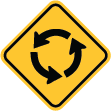
Roundabouts and traffic circles:
Replace intersections with roundabouts to reduce conflict points and avoid traffic signals. With drivers slowing as they approach the roundabout and crosswalks in place, pedestrians can navigate across safely.
How we can help: Add RRFBs or circular beacons at the crosswalks.
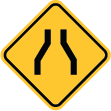
Street narrowing:
Narrower streets encourage drivers to slow down. Lanes can be replaced with bus lanes, bike lanes, wider sidewalks, or vertical elements like trees.
How we can help: Encourage drivers to self-correct by also installing radar speed signs, especially on streets that have been narrowed, as a reminder to check their speedometer.
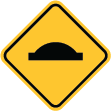
Speed humps:
Adding speed humps can slow traffic in areas like school zones.
How we can help: combine speed humps in school zones with our speed signs and beacons. Explore our school zone page to learn more.

Get started
In the complex puzzle of improving traffic, we can provide the beacons and signs you need to enhance safety, encourage walkability, and command the attention of drivers to encourage self-correction.